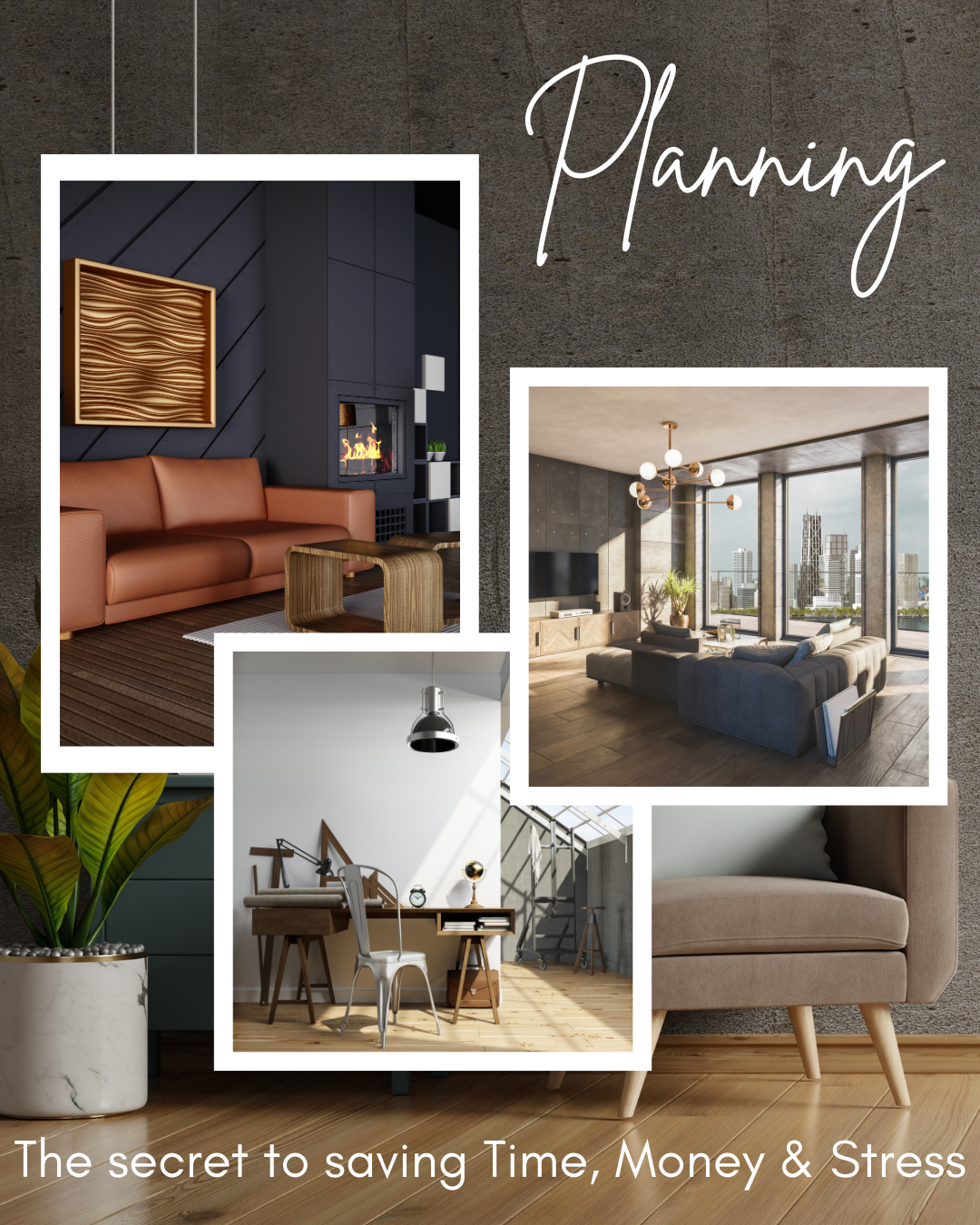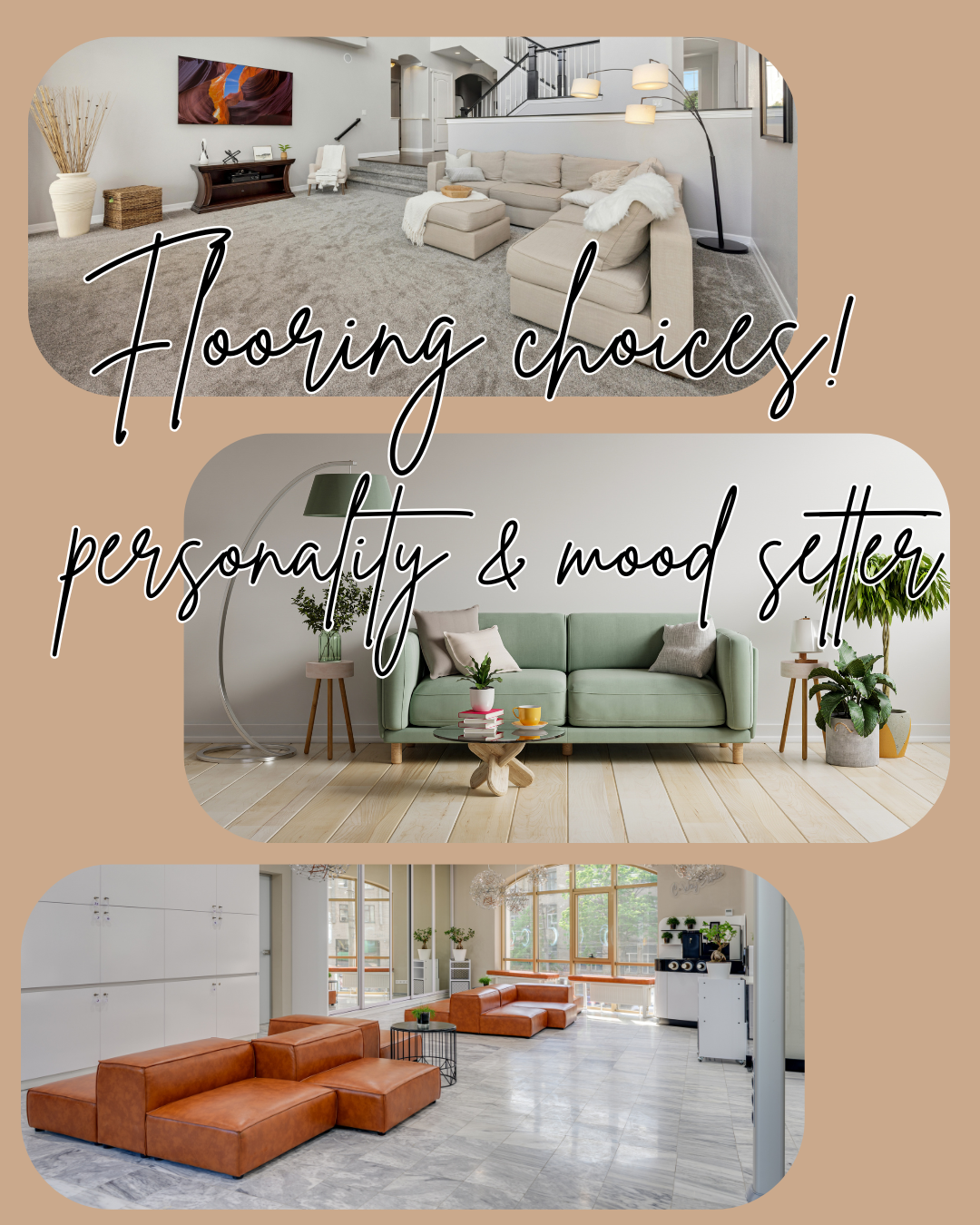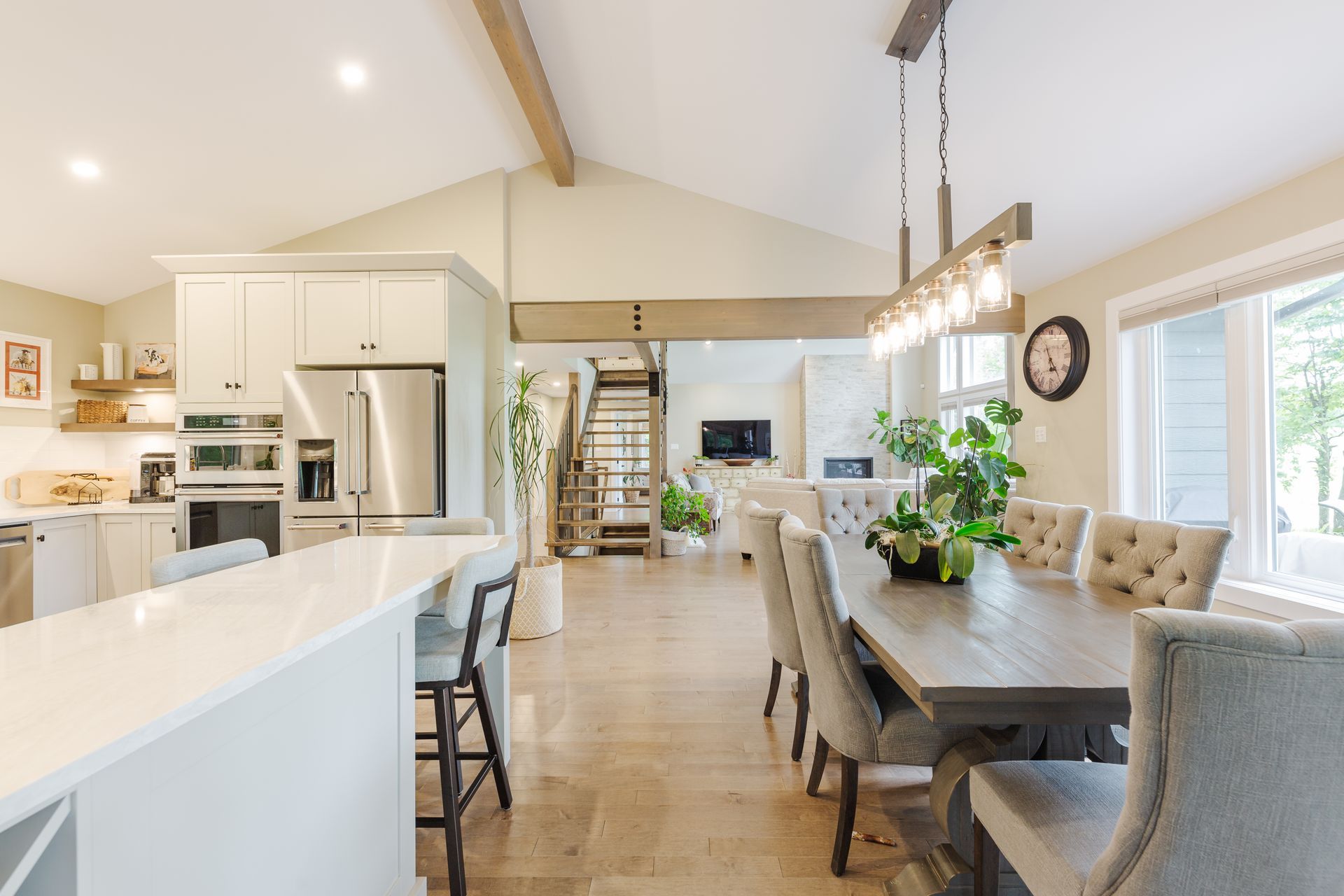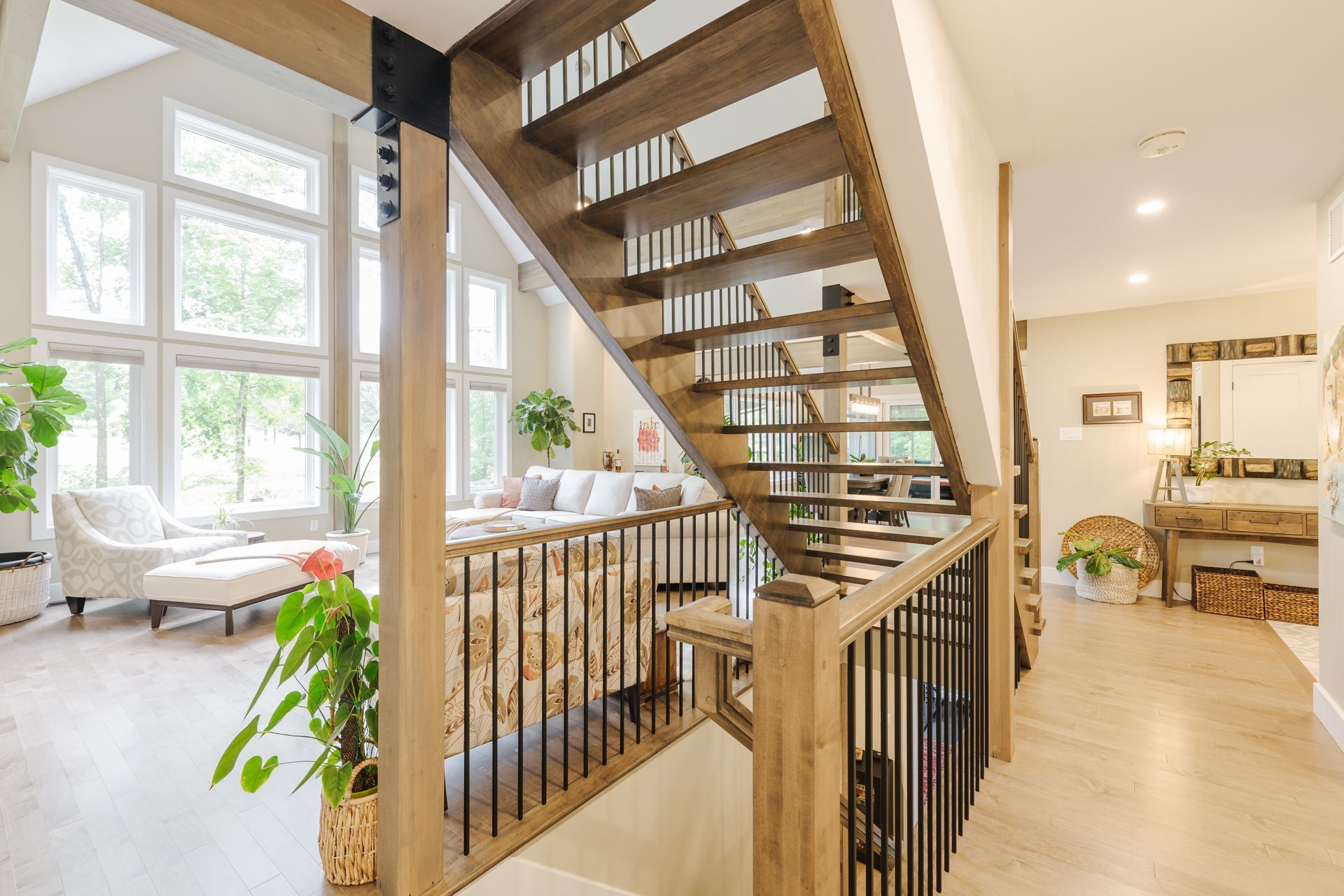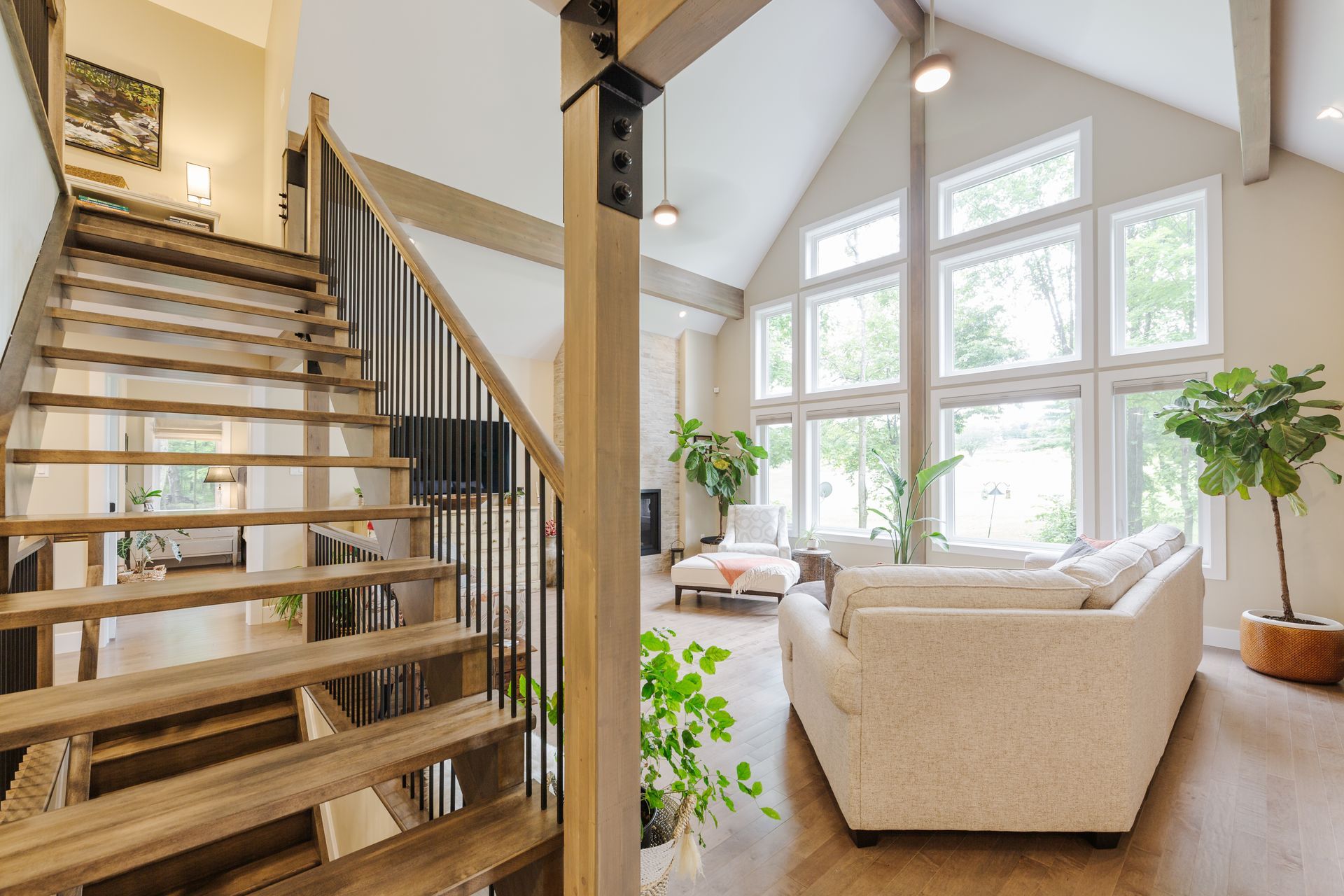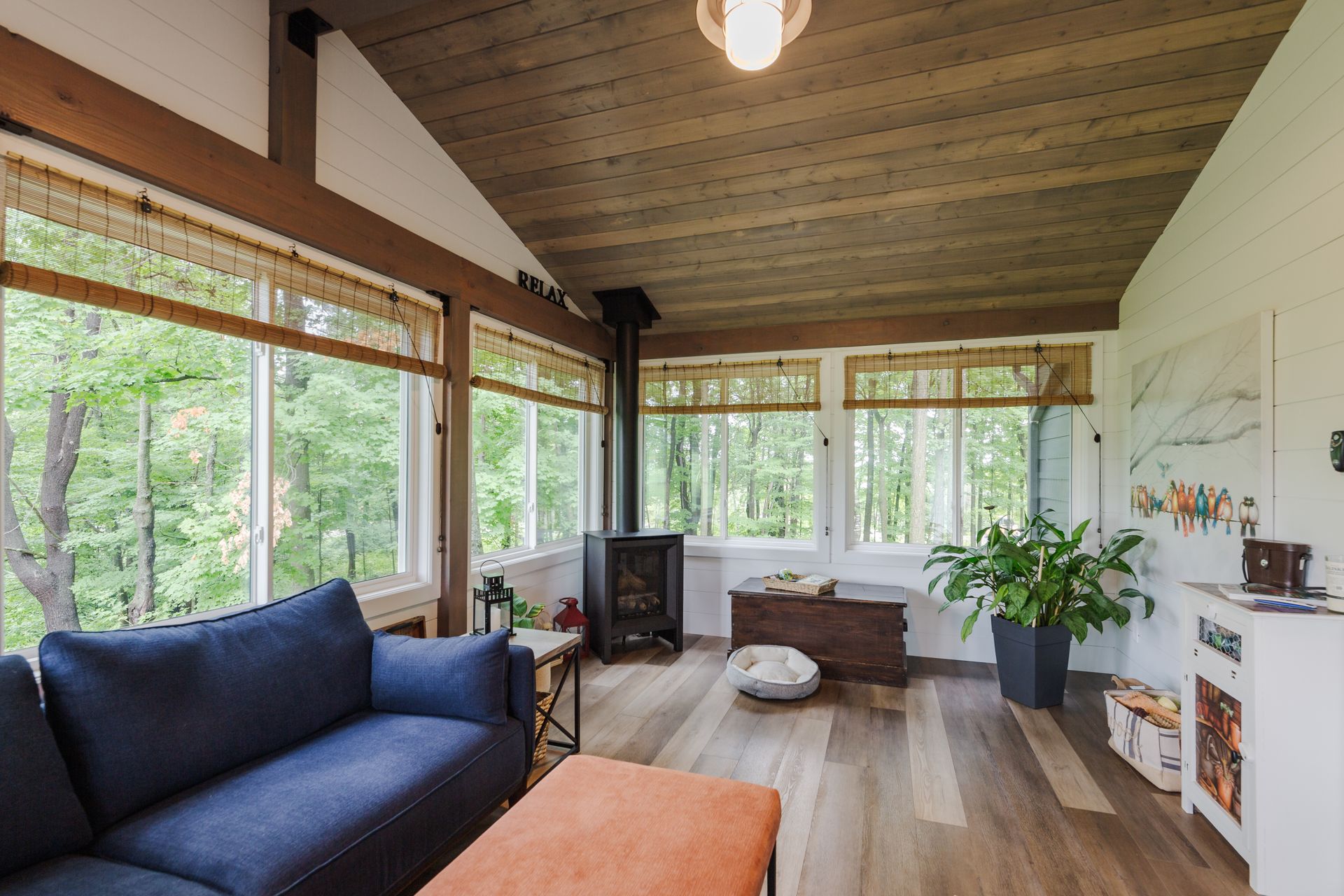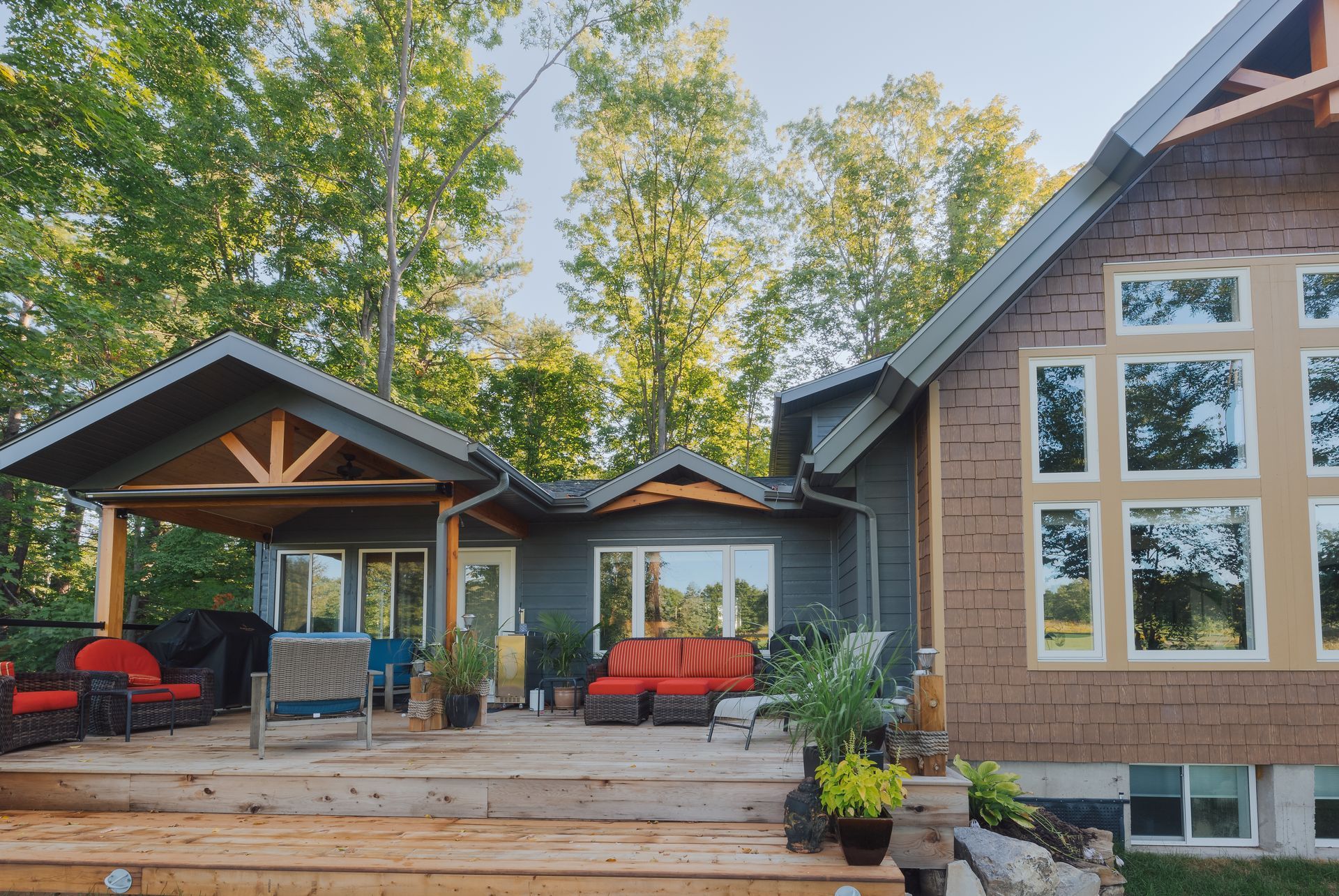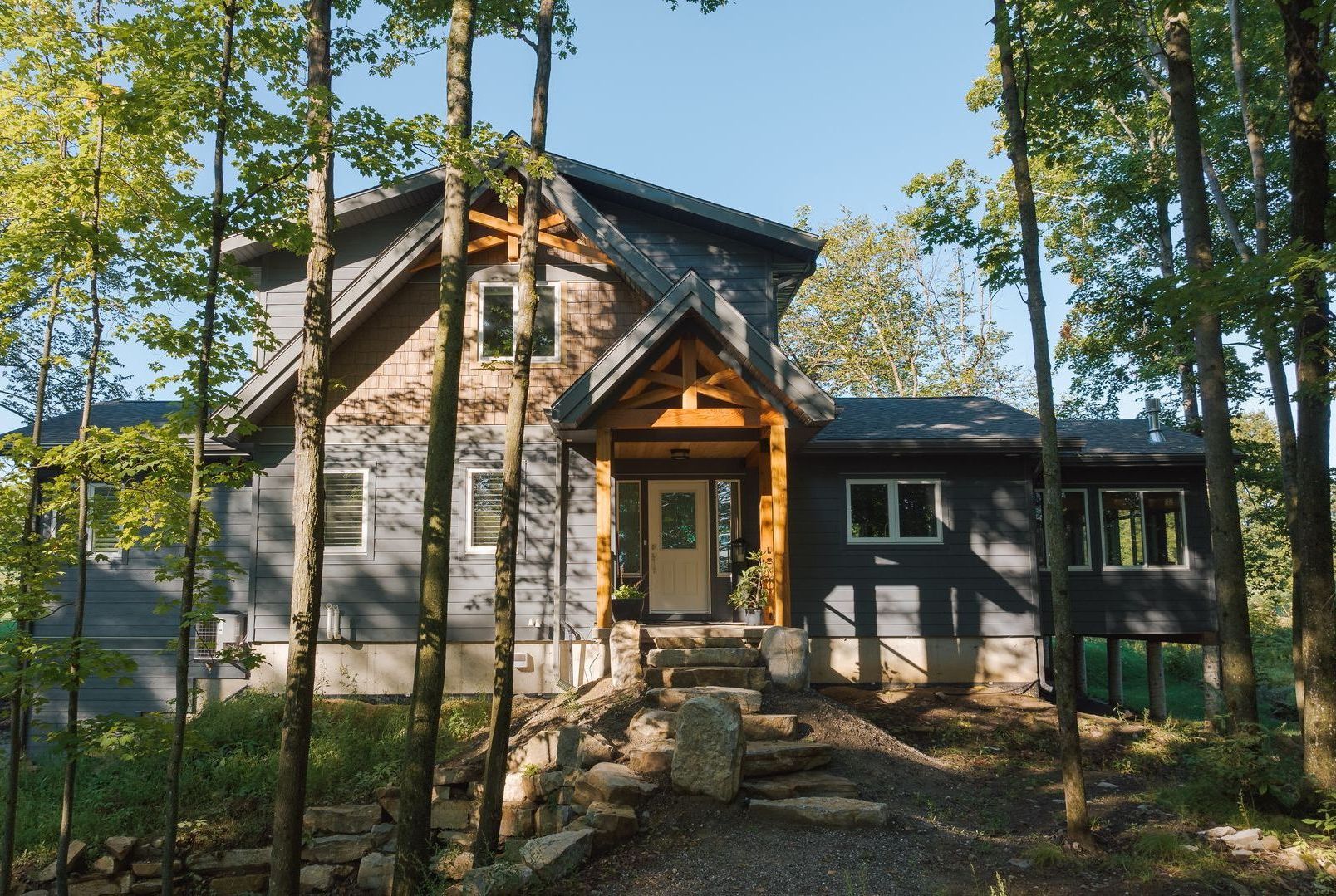Creating a Personal Space That Doubles as an Office or Homework Area
In today’s world, the boundaries between work, study, and home life often blur. Whether you’re working from home, managing personal projects, or your children need a dedicated homework zone, creating a space that serves both as a personal retreat and a productive workspace is essential. The key lies in designing an area that feels inspiring, functional, and adaptable.
Choosing the Right Location
The first step is finding a spot that balances focus with comfort. If you have a spare room, it can easily be transformed into a multi-purpose space. If not, consider underused corners in living rooms, bedrooms, or even wide hallways. Look for an area with enough natural light to boost mood and reduce eye strain, but one that can also be shielded from distractions.
Defining the Space
Even in shared or open areas, you can carve out a distinct zone. Rugs, room dividers, or strategically placed bookshelves can separate your workspace from the rest of the room. This visual boundary signals to your brain, and others in the household that you’re in “work mode.”
Furniture That Works for Both Worlds
Your desk should be comfortable for extended use, but not so large that it dominates the room. Choose a chair with good ergonomic support, but consider fabrics or colors that blend with your personal décor style rather than screaming “office chair.” If storage is needed, look for cabinets, baskets, or shelving that can hold work materials yet double as attractive home storage when the day’s tasks are done. Floating shelves or wall-mounted organizers can save floor space and keep the area uncluttered.
Lighting Matters
A combination of natural light and task lighting works best. Desk lamps with adjustable arms allow you to direct light exactly where you need it for reading or writing. Warm ambient lighting can then shift the space into a more relaxed, personal mode in the evenings.
Incorporating Personal Style
A dual-purpose space shouldn’t feel sterile. Add artwork, plants, or decorative objects that inspire you. For a homework area, include motivational quotes or a pinboard for reminders. Select colors that encourage focus, soft blues, greens, and neutrals are known for their calming effects while adding accents that reflect your taste.
Managing Clutter
Since this is both a personal and a work zone, clutter control is crucial. Use attractive boxes or baskets to store papers and supplies when not in use. For shared homework spaces, assign labeled bins or drawers so each person can quickly find their materials without disrupting others.
Flexibility is Key
The best multi-use spaces can adapt to changing needs. Consider furniture on casters so you can reconfigure the room easily. A fold-down desk or wall-mounted work surface can disappear when it’s time to relax, instantly transforming the mood of the space.
The Emotional Benefit
When your workspace feels personal and welcoming, it’s easier to transition into focus mode and just as easy to step away when the work is done. This balance helps prevent burnout, supports productivity, and ensures your home remains a place you enjoy being in.
Final Thoughts
Creating a personal space that doubles as an office or homework area is all about thoughtful planning and smart design choices. With the right balance of function, style, and flexibility, you can have a place that works hard during the day and feels like your own private retreat after hours.
Need help defining the idea space that works for everyone? Let’s chat to see how I can help.
